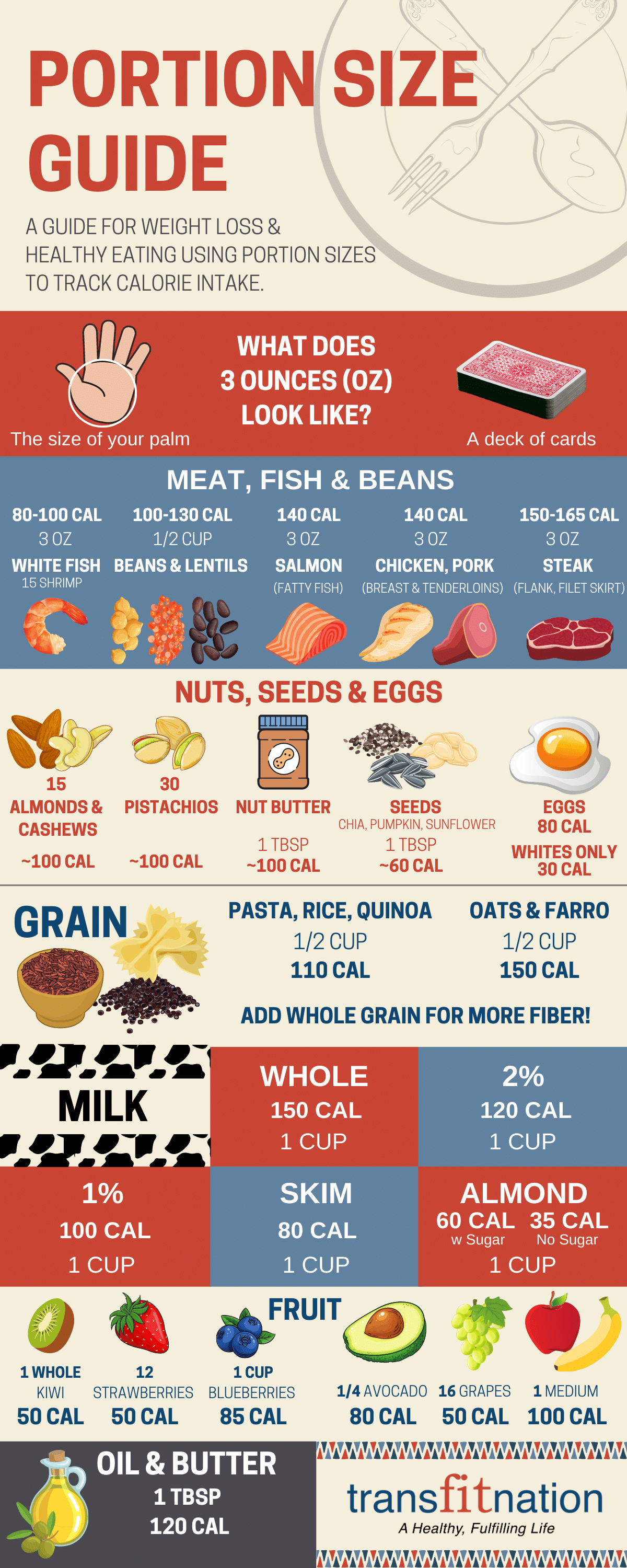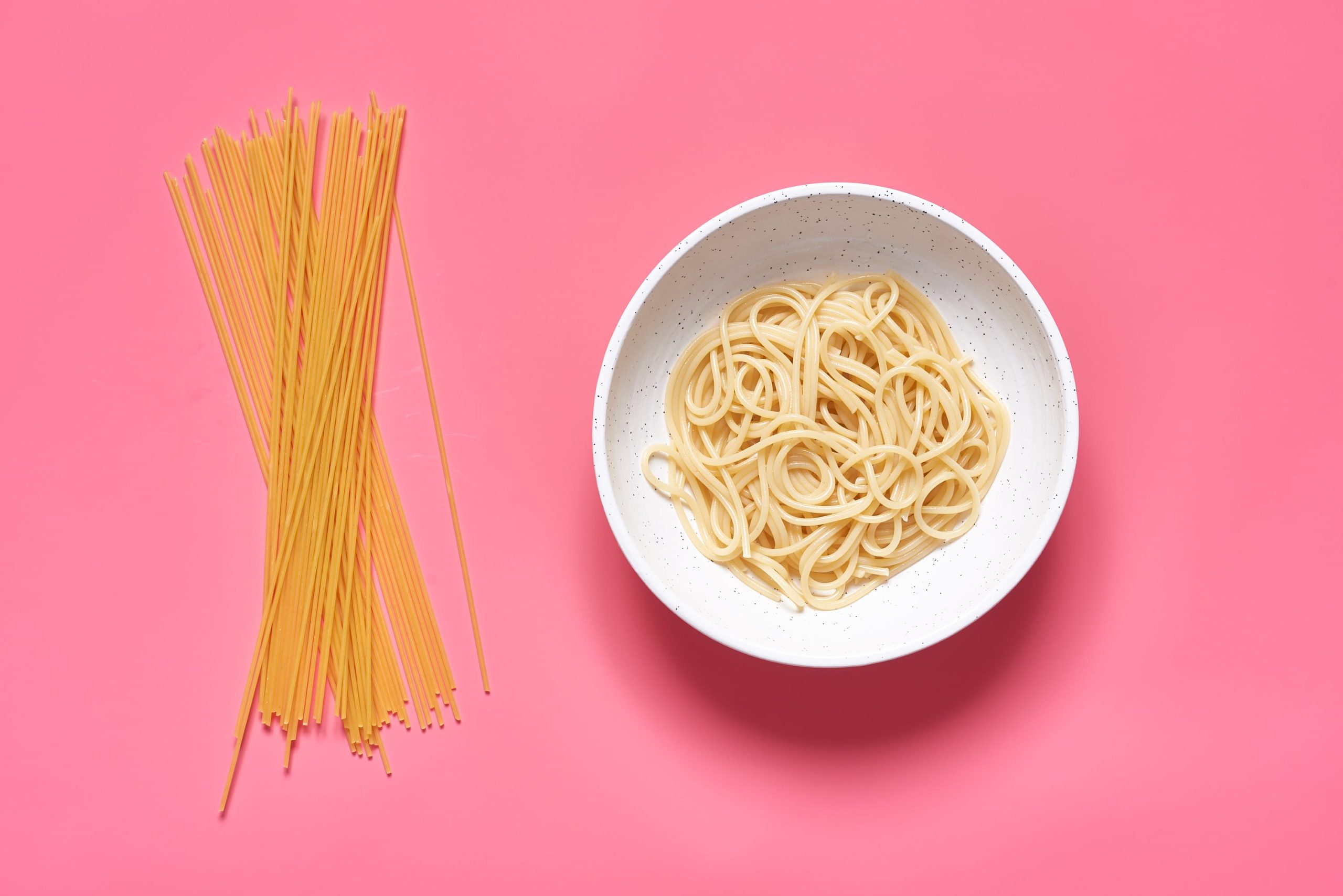Chicken breast weight: Understanding portion sizes for healthy eating
– The average weight of a chicken breast is 174 grams (or about 6 ounces), but it can vary depending on whether it is raw, cooked, pre-frozen, or bone-in.
– Bone-in chicken breasts make up around 20 percent of their total weight due to the bones.
– Boneless chicken breasts can range from around 4 ounces to 8-10 ounces.
– Chicken breasts will decrease in size by about 25 percent when cooked, losing water and fat. Boiling or braising chicken breasts results in less shrinkage due to higher moisture content.
– Fresh, frozen, or thawed chicken breasts weigh the same when stored in the freezer.
– Pre-frozen chicken breasts may have added weight from special coatings.
– Packaged chicken breasts from the grocery store usually indicate the weight on the packaging, allowing for an estimate of each breast’s weight.
– On average, there are about 2-3 chicken breasts per pound, but it depends on size.
– Chicken breasts have become significantly larger over the past 50 years, with modern-day chickens being more than 4 times heavier than in 1957.
– The average person in the United States consumed over 97 pounds of chicken in 2019, according to the National Chicken Council.
– A study from 2003 compared the health of chickens from 1957 with those in 2001 and found that some modern-day chicken breeds can have immune system problems.
– Nearly all chickens produced for meat are raised indoors in large sheds with over 20,000 chickens crowded together.
– Consumers concerned about the type of chicken they are eating can choose better-animal-welfare products or explore flexitarian, vegetarian, or vegan options.

